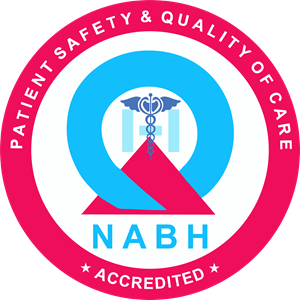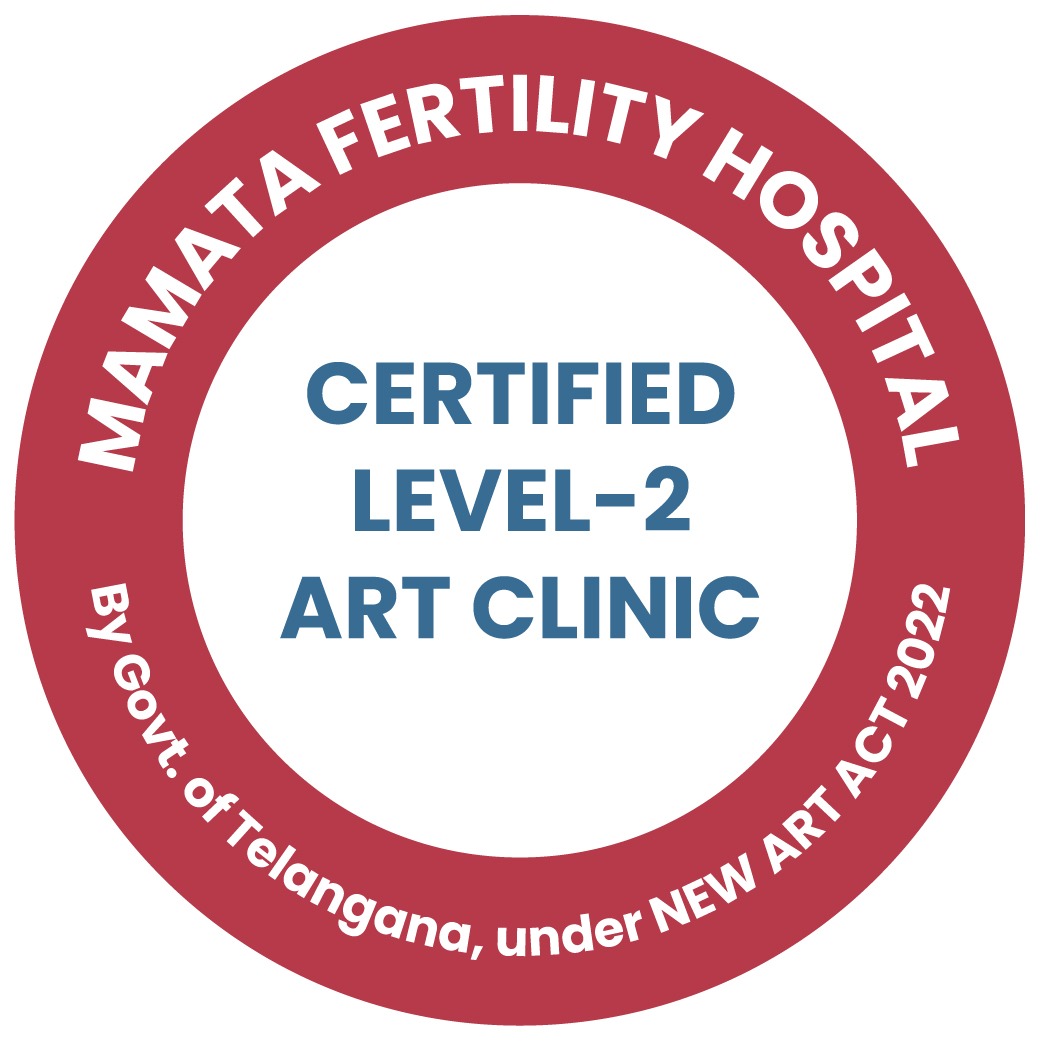Breast milk plays a vital role in a baby’s nutrition and development, offering a balance of nutrients, antibodies, and immune-boosting properties. But when does breast milk production start during pregnancy? For many expecting mothers, understanding lactation and its timeline can ease concerns and prepare them for breastfeeding.
Typically, breast milk production kicks off early in pregnancy due to hormonal changes, but its full functionality develops gradually. Expecting mothers seeking expert guidance can rely on specialists at Mamata Fertility Hospital Hyderabad, recognized as a Pregnancy centre in Hyderabad.
Stages of Breast Milk Development During Pregnancy
Breast milk doesn’t appear overnight. It goes through various stages during pregnancy and after delivery. Here’s a breakdown of these stages that every expecting mother should know.
1. Colostrum (First Trimester Through Early Postpartum)
- When It Starts: Around the 16th week of pregnancy.
- What It Is: Colostrum is a thick, yellowish substance often termed “liquid gold” for its concentrated nutrients and antibodies.
- Purpose: Colostrum helps build your baby’s immune system and protect against infections.
By the second trimester, many women’s breasts start preparing for milk production, although they might not notice any leaks just yet.
2. Transitional Milk (First Few Days After Birth)
- When It Develops: Approximately 3–5 days postpartum.
- What It Is: A mix of colostrum and mature milk.
- Purpose: Transitional milk serves as a bridge between colostrum and mature milk, providing higher fat, calories, and nutrients to support your baby’s growth.
3. Mature Milk (One Week Post-Birth Onward)
- When It Starts: Around 7–10 days after birth.
- What It Is: The final form of breast milk with an ideal balance of fat, protein, and carbohydrates.
- Purpose: Meet the baby’s ongoing nutritional needs as they grow in the first months of life.
These stages highlight how a mother’s body naturally adapts to meet the nutritional milestones of her baby, even before birth.
Factors Affecting Milk Production and Common Concerns
While breast milk production begins naturally under hormonal influence, several factors and conditions can influence the timeline and amount of milk produced.
Hormonal Changes
- Prolactin: Stimulates milk production during pregnancy and after birth.
- Oxytocin: Responsible for the “milk-ejection reflex” or “let down.”
Health and Medical Conditions
- Low birth-weight history or thyroid issues may delay lactation.
- Gestational diabetes can sometimes influence supply but doesn’t prevent breastfeeding.
Lifestyle Factors
- Stress: High stress levels can delay or reduce milk flow.
- Diet: Poor nutrition can impact milk quality and supply though it rarely prevents milk production altogether.
Common Concerns
1. Leaking During Pregnancy
Some women experience breast milk leaking as early as the second trimester, indicating that their body is producing colostrum as planned.
2. No Leaking Before Delivery
It’s perfectly normal not to leak milk during pregnancy. Milk production is often established after labor and delivery due to increased hormone levels.
3. Low Milk Production Worries
Milk supply in the early stages may feel low but is typically sufficient for a newborn’s small stomach size. Proper latching and feeding frequency stimulate supply.
For personalized solutions to boost milk production or manage concerns, rely on expert guidance at Mamata Fertility Hospital Hyderabad, known for providing comprehensive breastfeeding support in Hyderabad.
FAQs
1. When does breast milk start leaking during pregnancy?
Breast milk, in the form of colostrum, can start leaking as early as 16–20 weeks of pregnancy, but not all women experience this.
2. What are the signs of breast milk production before birth?
Signs include changes in breast size, sensitivity, darkened areolas, and the presence of colostrum.
3. Is it normal not to leak milk during pregnancy?
Yes, it’s completely normal not to leak milk. Colostrum production occurs internally, and leakage is not an essential indicator of readiness.
4. How can I prepare for breastfeeding?
- Attend Prenatal Classes: Learn about breastfeeding techniques.
- Practice Breast Massage: To stimulate ducts and prepare the breasts.
- Talk to Specialists: Consult a lactation specialist or visit the best maternity hospital in Hyderabad for professional advice.
5. What foods help improve breast milk supply?
- Oats and Whole Grains: Promote milk production.
- Leafy Greens: Rich in calcium and phytoestrogens.
- Nuts and Seeds: High in healthy fats and protein.
- Hydration: Drink ample water to support overall lactation.
Key Points
- Milk production often begins by 16 weeks of pregnancy in the form of colostrum.
- Transition to mature milk happens gradually over the first weeks postpartum.
- Many factors such as stress, health, and nutrition impact milk production, but there’s support and interventions available.
Conclusion
Breast milk production is a natural yet unique process that varies across pregnancies. By understanding its timeline and staying informed, expecting mothers can feel more prepared and confident about breastfeeding.
Book your consultation today and get expert advice on achieving a healthy breastfeeding experience!




